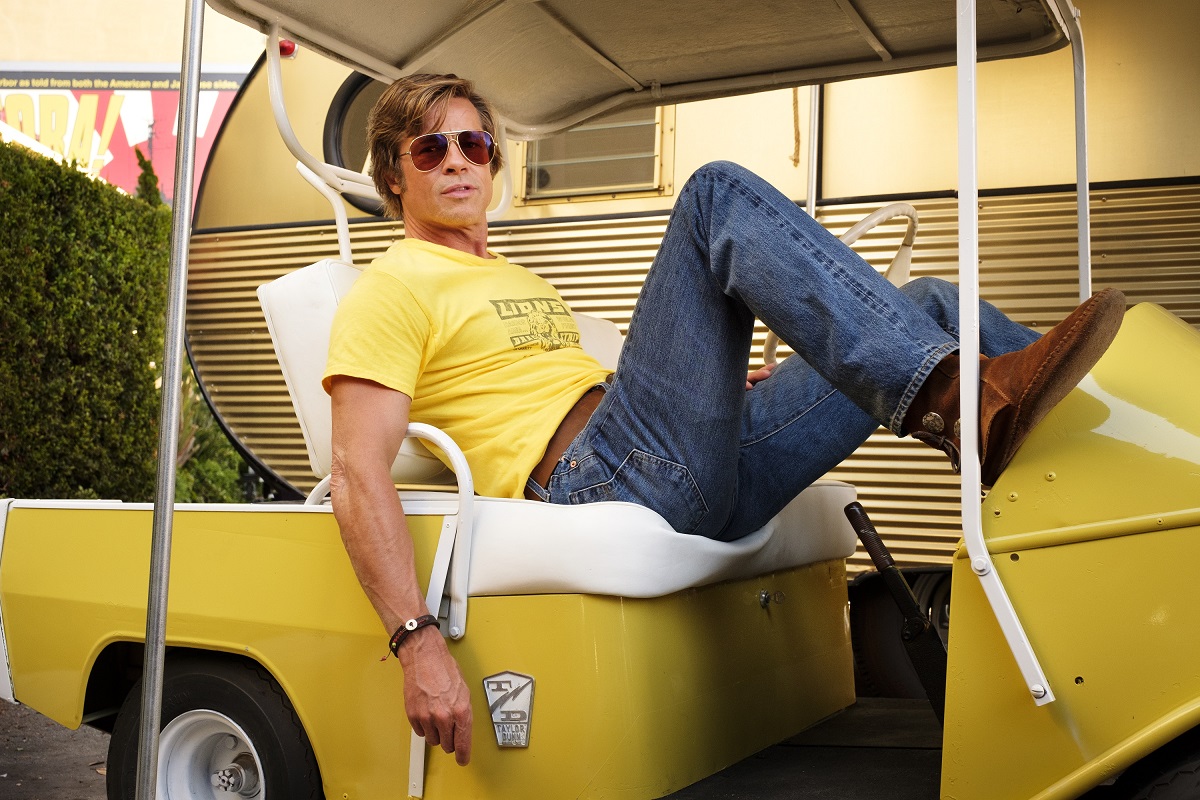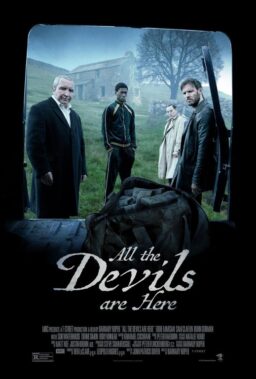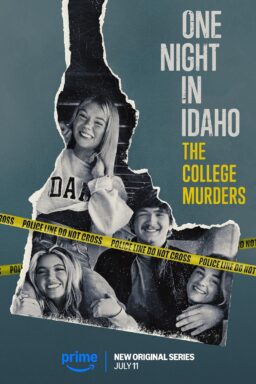Cannes has gone mad for Quentin Tarantino today, with the competition premiere of his “Once Upon a Time … in Hollywood,” a film that had industry types and every manner of hanger-on without sufficient accreditation pleading, bribing and crawling for a way to get in. It happens every year, with one hot-buzz film becoming the focus of insane frenzy that clogs the streets and causes a near riot before one image even hits the screen.
This nostalgic genre buffet brings a payload of stars to the red carpet, the Cannes stock in trade. They include Brad Pitt, Leonardo DiCaprio, Al Pacino, Margot Robbie, and many more. Tarantino won the Palme d’Or here in 1994 for “Pulp Fiction.” If this year’s jury catches the fever, he may be joining the two-timers club.
The hype in the 31-page press kit for “Once Upon a Time … in Hollywood” boasts that this time around the director is “dealing with mature issues of unfulfilled expectations.” Oh yeah, sure. Fortunately for us, it’s not true. Love it or hate it, we get a whole lot of pure Tarantino, with a heaping helping of his wickedly juvenile sense of humor in service of his own unique wishful thinking take on Sixties Hollywood history. He isn’t just walking down memory lane; he’s strutting, with this evocation of a year that was to become a cultural tipping point.
“Once Upon a Time … in Hollywood” is a wackily obsessive buddy movie set in 1969; it’s a Western; a time capsule; and a hybrid action comedy with a hilarious past-blasting look at the Sixties that will have boomers screaming in delighted recognition of the TV shows and radio commercials, the Pan Am planes, the products, paraphernalia, and cultural markers that pour out of Tarantino’s overheated memory like a cornucopia of kitsch.
In the name of excess, which will in fact become considerably more excessive in the course of the story, Tarantino doesn’t leave a thing to the imagination. This is one of the film’s recurring comic devices. The moment that a character recalls an event, place or person, it flashes back right on cue.
Beefy TV star Rick Dalton (Leonardo DiCaprio) enjoys his fame as a perpetual bad guy in the Western series “Bounty Law,” until gravelly-voiced agent Marvin (Al Pacino) observes that his career may be running on the downside. When they meet in a wood-paneled cocktail lounge, Marvin suggests that it may be time to consider getting an acting job in Italian Westerns. Waiting at the bar with a gargantuan Bloody Mary is Cliff Booth (Brad Pitt), Rick’s longtime stunt double, driver, and best friend, a surfer-type golden boy a bit over the hill.
Cliff chauffeurs Rick home to his fancy apartment in the Hollywood Hills. New neighbors Roman Polanski and his wife Sharon Tate, renting the house next door, zoom by in a convertible, on their way to a wild party at the Playboy mansion. Lamenting that he’s never met them, Rick says, “I could be one pool party away from starring in a Polanski film.” Fishtailing his little car through hairpin turns at high speed, Cliff goes home to a rust-bucket trailer on the fringe of a Van Nuys drive-in movie parking lot, with an oil well pumping in the dusty front yard.
Tarantino’s Los Angeles day or night is the atmospheric, noirish paradise that lives in the mind’s eye of every movie lover; sunshine by day and neon-lit movie marquees by night. His obsessive super-fandom manifests in parodies of films and TV shows, posters, lobby cards, and lingering shots of 35mm film cans and movie houses.
At one point, Sharon Tate (Margot Robbie) is seen admiring her name on the marquee for “The Wrecking Crew,” before going in to get a ticket. True to Tarantino’s expressed horror for the industry transition to digital projection, “Once Upon a Time … in Hollywood” was shot in 35mm, which was the industry standard in 1969, and for decades after.
Meanwhile Rick takes a new acting job for a studio Western, and it seems as if Tarantino and DiCaprio are having just a little too much fun at our expense. These extended sequences of the kidnapper villain flubbing his lines and hamming it up seem more in-joke than exposition. Cliff, persona non grata to the studio stunt coordinator, gets briefly reinstated, only to pick a fight with Bruce Lee’s Kato. It’s an utterly gratuitous laugh-out-loud sequence with a bang-up finale.
The plot in this almost three-hour film is heading for a showdown with history, although not quite. More like bizarro Tarantino-style history. Cliff has a car-window flirtation with gamine Manson girl Pussycat, while driving Rick’s big white Cadillac coup deville. A visit to the Spahn Movie Ranch at Pussy’s insistence injects a spooky sense of dread that will have a haunting return, but also gives Cliff yet another chance for a satisfying down and dirty brawl.
Rick and Cliff go to Rome for six months, where Cliff stars as “Nebraska Jim” in a Spaghetti Western and makes three other genre films, going home with a load of cash and a hot Italian wife. This little plot detour affords Tarantino yet another opportunity to show off his passion for the films he loves, with spot-on parodies of the films and wonderfully garish posters.
Tarantino’s career topping, over-the-top finale can’t be described without spoilers. Despite a trademark misogynist angle that has to be mentioned, it’s an in-your-face stunner that unleashes spectacularly funny mayhem that results in giving the “Once Upon a Time … in Hollywood” part of the film’s title new meaning.












